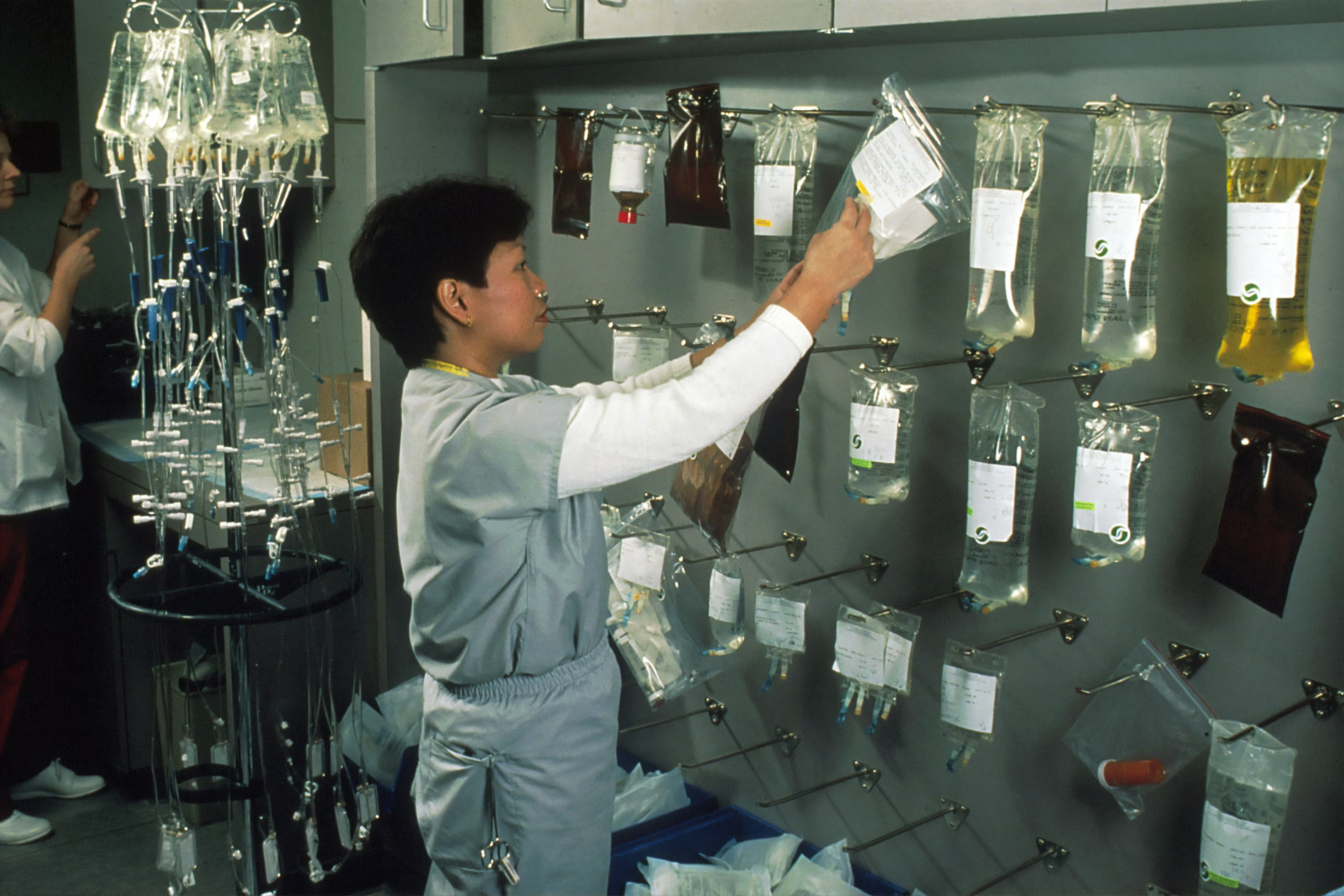When it comes to modern-day conveniences, the very chemicals that make our lives easier can sometimes become a hidden danger. One such group of chemicals is PFAS, or per- and polyfluoroalkyl substances. You may not have heard of them, but PFAS are practically everywhere, and their presence poses significant risks to our environment. So, how do these ubiquitous chemicals end up contaminating our world? Let’s dive in.
What Are PFAS?
PFAS are a large group of man-made chemicals that have been used since the 1940s. They’re found in countless everyday products like non-stick cookware, water-repellent clothing, stain-resistant fabrics, food packaging, and even some firefighting foams. Their unique ability to resist heat, oil, stains, grease, and water makes them incredibly useful—and incredibly persistent.
The Journey of PFAS into the Environment
Manufacturing and Industrial Release
The first step in the contamination trail begins at the source—manufacturing plants. During the production of PFAS-containing products, these chemicals can be released into the air and water. Factories that produce or use PFAS can discharge them into nearby water bodies through wastewater. Over time, these chemicals seep into the groundwater, eventually making their way into larger water systems.
Consumer Products and Everyday Use
Every time we use PFAS-containing products, tiny amounts of these chemicals can be released. For instance, washing a water-repellent jacket or using non-stick cookware can contribute to the spread of PFAS. These substances don’t break down easily, meaning they can accumulate over time in water systems and soil.
Waste Disposal and Landfills
Disposing of products that contain PFAS is another significant pathway. When these items are thrown away, they end up in landfills where PFAS can leach into the surrounding soil and groundwater. Even the incineration of PFAS-containing waste doesn’t completely eliminate the problem, as it can release PFAS into the atmosphere, leading to air pollution and subsequent deposition onto land and water.
The Environmental Impact
Water Contamination
One of the most troubling aspects of PFAS is their impact on water. These chemicals have been detected in surface water, groundwater, and drinking water across the globe. Because they don’t easily degrade, they can persist in water systems for decades, creating long-term contamination issues. Wildlife that relies on these water sources can accumulate PFAS in their bodies, leading to a buildup in the food chain that eventually affects humans.
Soil and Agricultural Impact
PFAS can also contaminate soil, posing risks to agriculture. When crops are grown in contaminated soil, they can absorb these chemicals, which then enter our food supply. Livestock drinking contaminated water or eating contaminated feed can also accumulate PFAS, further spreading these substances through the food we consume.
Air Pollution
Airborne PFAS, released from industrial activities or the degradation of consumer products, can travel long distances before settling onto land or water. This makes it difficult to control and track the spread of contamination. Once deposited, these chemicals can re-enter water systems or be absorbed by plants and animals, perpetuating the cycle of contamination.
What Can We Do?
Reducing PFAS contamination requires concerted efforts at multiple levels:
- Regulation and Policy: Governments need to implement stricter regulations to limit the release of PFAS into the environment. This includes better waste management practices and restrictions on the use of PFAS in consumer products.
- Industry Responsibility: Companies must take responsibility for their role in PFAS contamination. This can be done by adopting safer alternatives and improving production processes to minimize releases.
- Consumer Choices: As consumers, we can reduce our own PFAS footprint by choosing products that are free from these chemicals. Look for labels that state “PFAS-free” or opt for natural alternatives where possible. You can find brands committed to being PFAS-free on cleanproductlist.com.
- Research and Cleanup: Investing in research to understand PFAS better and develop effective cleanup methods is crucial. Technologies to remove PFAS from water and soil are being developed, but widespread implementation will take time and resources.
Conclusion
PFAS contamination is a complex and far-reaching issue that affects every corner of our environment. From the air we breathe to the water we drink and the food we eat, these persistent chemicals are a hidden menace that we must address. By understanding how PFAS contaminate our environment and taking proactive steps to mitigate their impact, we can protect our planet and health for generations to come. Remember, every small action counts when it comes to making a big difference.









